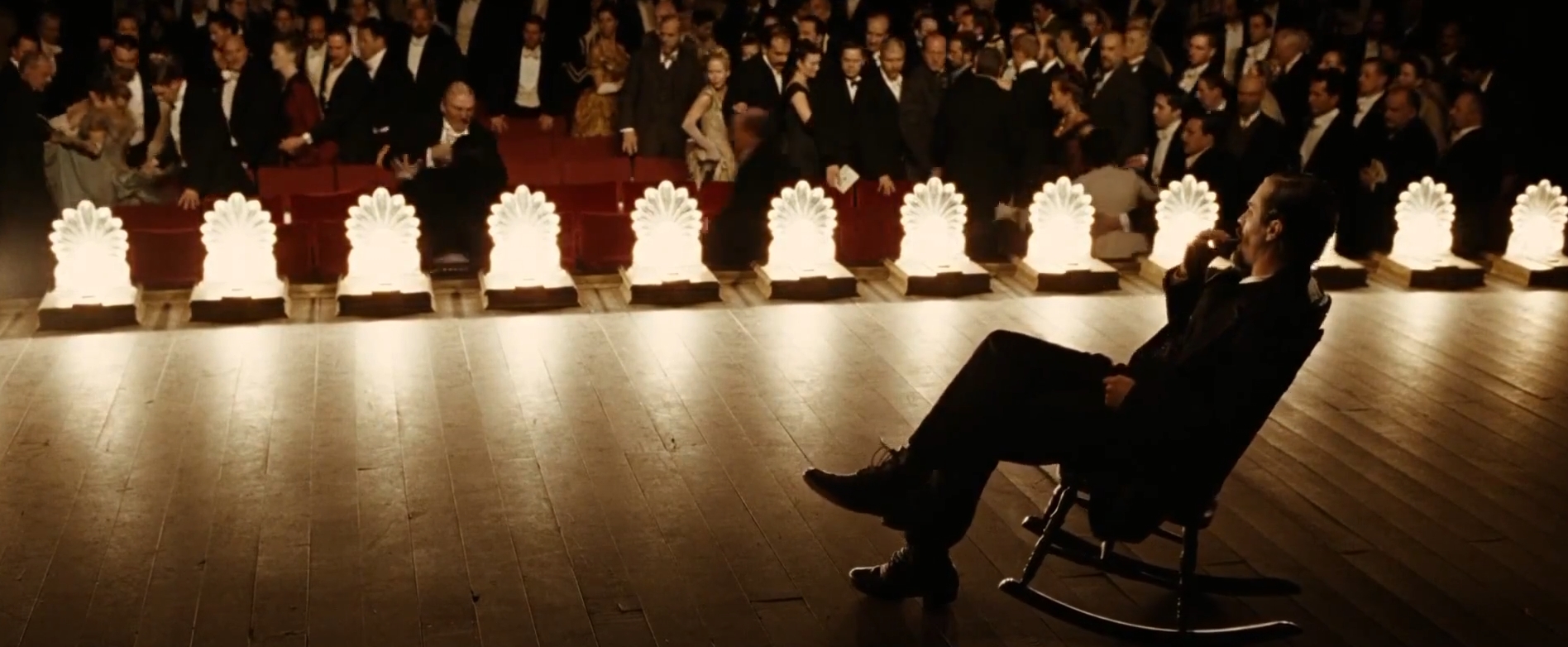
Repetition eventually leads to boredom. Sometimes one repeat is enough to make something interesting, less interesting. That means that novelty, that surprise, is somehow core to our experience of fun.
We’ve all had that “if only I could experience it for the first time again” wish. Usually, though, the star that wish gets wished upon is some front-of-the-brain emotional experience. I’ve never really agreed with it. The ways in which stories affect us are indelible with the context in which we experience them. They don’t just impact us, they inpact who we are at a moment in time. Watching or reading or hearing or playing a moment for the first time again doesn’t guarantee it’ll hit the same notes again. I’m not saying that experience is fragile — it probably would still move you. But what you treasure isn’t the thing, it’s that experience you had with the thing.
The same is less true of fun (as distinct from “front-of-the-brain”). I think contextlessness is a core component of fun, though I might refine or change my mind on that later. But fun is sort of an aesthetic experience more than an emotional one. What I mean is, fun matches with an emotional experience but doesn’t constitute one on its own. Fun, a light moment of distraction, in your darkest moment will probably create a moving memory of joy when you needed it most. Or maybe the thrill of winning your first chess tournament, of having everything click, will stay with you. I don’t think it’s the fun causing that experience to crystallize though.
Does that make any sense? I feel like I’m hitting onto something, but it’s actually not the point I wanted to make.
I’m thinking of a phenomenon that anyone who plays lots of video games will recognize, but one that I’m not sure has a name. I loved Dishonored. I wanted to love Dishonored 2. In trying to fall in love with it, I’ve started the game a half a dozen times and never gotten very far. Each time I restart, I diminish the chances I’ll ever love the game, because starting means playing through the same level I’ve played six times now. I’m working through a part of the game that bores me in an attempt to discover a part of the game that doesn’t. Until someone corrects me that this does have a name, I’m calling it the “level one wormhole”: when, in playing a game partway through many times, you will have seen the first level exhaustingly more times than the later ones.
I played Undead Burg in Dark Souls so many times, I don’t know if I’ll ever see Anor Londo again. My friends tell me Mount & Blade is great, but if I have to look at my raggedy band of green fighters on the overland map one more time, I’ll become exactly the kind of void-eyed beserker I always descend to out of boredom with those early fights.
What’s the solution? Can fun escape the level one wormhole?
A concept in game design that I really love, one that Halo designer Jaime Griesemer put really well:
In Halo 1, there was maybe 30 seconds of fun that happened over and over and over and over again. And so, if you can get 30 seconds of fun, you can pretty much stretch that out to be an entire game.
You can describe so much of a game’s identity by identifying the length of its game loop. Is it a 10-second loop, 30 seconds, two minutes?
Griesemer goes on to say that you have to express those 30 seconds in many different environments — why is a firefight across the top of a moving train diferent from a firefight on an arctic mountainside — but I really don’t know that that’s necessary. What’s the loop length of chess? Would it be fair to say it’s the time between making your move and your opponent responding? Chess takes place on just the one 64-square environment, but that it’s competetive means your opponent will always present novel outcomes.
I mention chess because it’s maybe the premier example of a game that doesn’t get old. For most of us chess gets boring after a while, but for a substantial community repetition is part of the game’s charm. That’s the paradox I think I’ve been grappling worth: novelty is fun, but so is mastery. And it’s boring to relive the same five minutes over and over, but it’s really fun to relive the same 30 seconds. It accelerates mastery.
All of these are concepts I’ll be revisiting — I didn’t predict the layers that would present themselves until I started writing. Which is good! That’s what writing is for!
What it’s got me wanting to do, is apply this abstract thinking to the practical issue of getting myself to enjoy Dishonored 2. Take myself to fun boot camp.
Add it to the list of projects, along with action and the aesthetics of creativity. In case you thought I’d forgotten.



